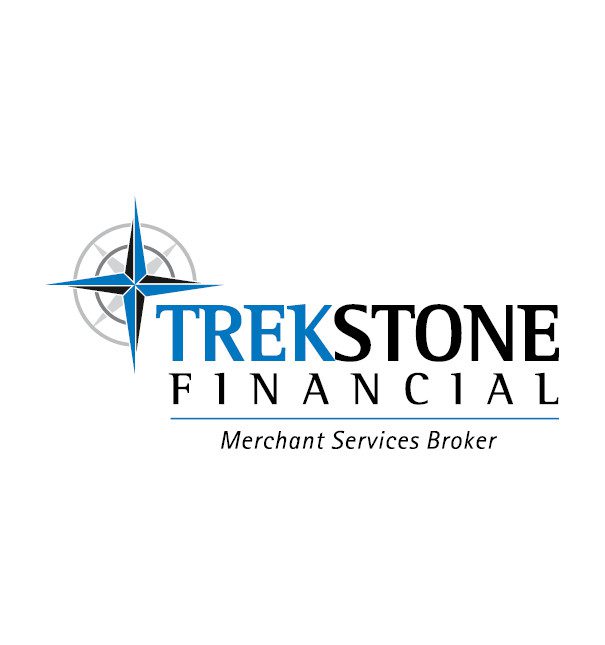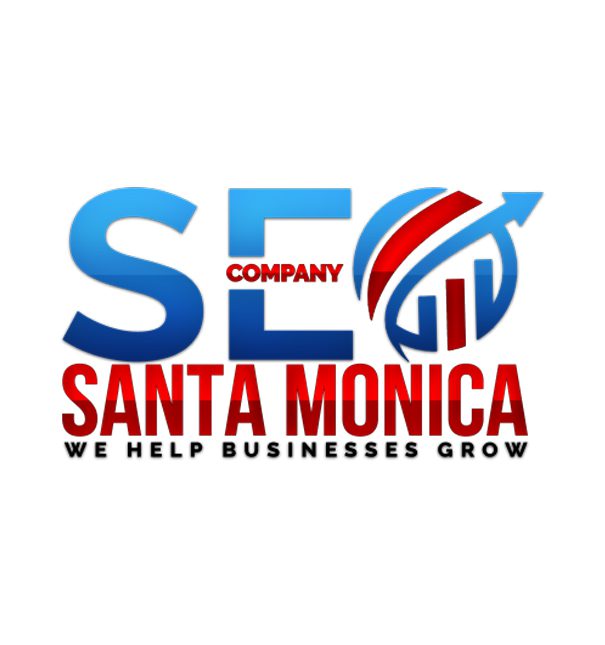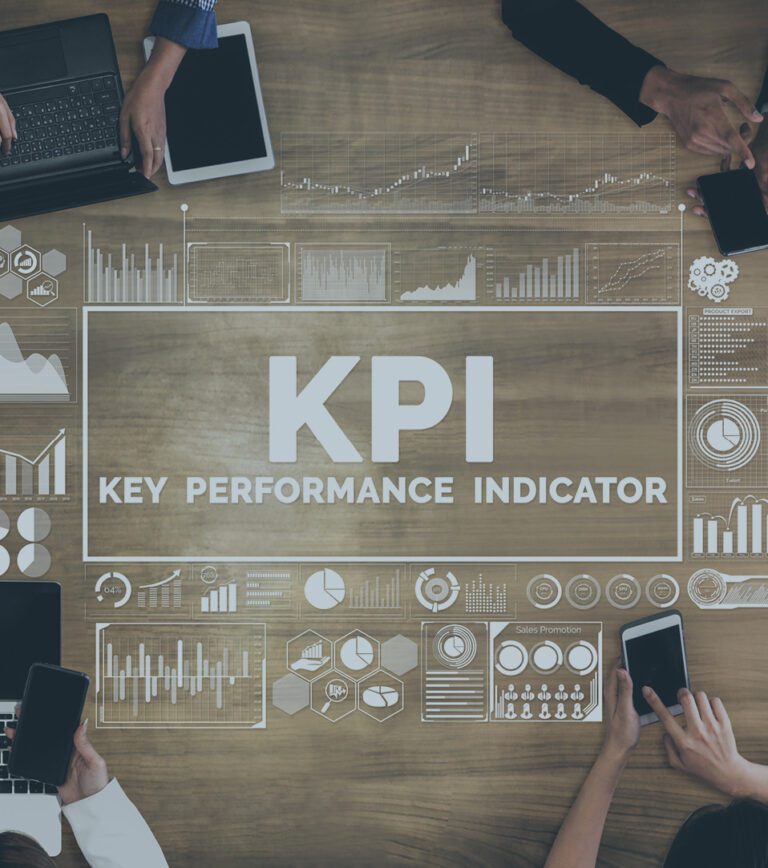In that final mile, I was smiling. The crowd had delivered a thunderous roar for the past 25.2 miles. Officially, the Boston Marathon begins in Hopkinton, Mass., but the journey starts long before that. In that final mile, I reflected on where I came from. I thought about all it took to put this together and made a final strong push. By the time I crossed the finish line at this year’s race, I was already planning for next year. The experience was incredible.
That final mile also got me thinking about the stretch run for 2020 – the fourth quarter. In some ways, your business calendar and a marathon are similar. Both take planning, preparation, training, ongoing measuring, and commitment. Both have their share of ups and downs. And both need support. Neither is a sprint. Both deserve a final push in the end.
To me, the last quarter of the business calendar year has a special meaning. It is time to reflect and review and start business planning for the next year. And, like any time there is an opportunity, it is a time to act.
You can use the final stretch of the business year to propel your business forward, improve your cash position, save some money, and take action to finish strong. The following suggested business planning practices should be done throughout the year and not left until the end; however, you should remind managers to take some time and work on their business.
A time to review
Most retailers in business planning compare themselves to how they performed at the same time a year ago. Even though I believe that measuring against targets makes sense, the reality is that small businesses look at beating the prior year as their mark of achievement. There are top-level measurements to see how you stack up to the past. Let’s look at your basic business functions:
Marketing. The purpose of marketing is to generate customer opportunities for potential sales. When a business can generate greater traffic with the same marketing spend, the efforts may produce results. Given an equally effective and properly staffed sales force, greater traffic means greater sales. However, the effectiveness of the sales staff is not always optimal. Thus, a good way to measure marketing performance against last year is to look at customer traffic per marketing investment.
A great way to do this would be to produce an ongoing report that tracks on a weekly or monthly basis your store’s traffic, your investment, the event or sale run, and media messages or messages used. For any time period, divide traffic generated by the investment spent. You should be able to spot gaps in traffic and marketing from the prior period.
Sales. Of course, the ultimate result is sales compared to the prior year. Unfortunately, most businesses don’t look beyond this. They feel that if sales are up, their teams are performing better. If sales are flat or down, however, they might dig in a bit more. Either way, sales are a result, not really a metric. Sales alone do not paint a complete picture of performance. For instance, if there was too much traffic and not enough salespeople, overall sales might be up or down, but the effectiveness of the sales force is unclear. It becomes clearer when compared to traffic. Thus, a good way to measure sales performance against last year is revenue per customer traffic.
You should take some extra time in looking at this metric. Look at each store, each salesperson and overall sales/customer opportunity on a month-by-month basis. By doing this, you will see the individual areas that performed better with the traffic. You will likely spot stores or people that improved from last year. For example, suppose a salesperson was an average writer and wrote a similar volume as the prior year. Without comparing this individual to traffic, did he or she perform better? Who knows? But if this person saw 10 percent fewer customers, perhaps the salesperson did improve. Like marketing, sales should always be reviewed against traffic.
After-sale service. In retail, customer satisfaction, reviews, reputation, and word of mouth are important to the long-term survivability of the business. With huge competitors like Amazon and aggressive omnichannel retailers, independent stores must be on top of their game when it comes to their after-sale service. Standards must be measured. Customers don’t want problems after the sale, and those who have problems want their issues solved quickly to their liking. A good way to measure service is open service per million in sales.
To figure this, take the number of open-service issues and divide that number by your annual sales volume divided by $1 million. Open service means any customers who have an issue to be solved after a sale was made. Proactive service employees with good processes make all the difference here. I’ve seen big improvements just from a switch to more efficient employees. Also, employees in service should not only be responsible for helping resolve customer issues fast, but they should also look at what is causing the problem so that better processes can be put into place with internal operations and external vendors.
Warehouse and delivery. Back-end operations are critical to fulfilling your sales associates’ promises to their customers. A well-oiled warehouse and delivery machine can flow merchandise from the store to the customer quickly without damaging the merchandise. There is minimal warehousing of product. The product is always in transit – from receiving to delivery or pick-up, showroom display or best-seller supply. The volume that your staff can move through the facility is one measure of productivity. You can compare this with past performances by measuring sales per operations employee.
This is a metric where a business should find its happy medium of standard of capacity. As your business grows, eventually employees, machinery and facility investments will need to be added. Without growing capacity at the right time, customer lead time and service may suffer, thus hindering further sales growth. Knowing the right time to add resources is a balancing act. And each business is different, as no two facilities, management teams or supply chains are the same. So, with measuring sales per operations employee, you can then see, with further analysis, the levels that produce a consistent flow of goods and a decent profit.
Administrative. The administrative staff is important to any business model. Among its many tasks, the staff makes accurate software entry, tracks cash flow and gets everyone paid on time.
Interestingly, though, I’ve seen furniture stores with similar sales volumes operate with much different staffing levels. Just like the back-end operations employees, a good measure for your administrative efficiency would be sales per administrative employee.
With this, you can see how much business your staffing level handles. Again, there are seldom two businesses exactly alike. For instance, even though a business may have the same volume, one might have accounts receivable and more transactions, which may require additional staff. That is why measuring yourself against prior periods would be helpful.
A time to prepare
Business planning is a double-edged sword. On the one hand, you need to make as much profit as possible to produce the appropriate cash flow to operate. On the other side, you want to take advantage of all allowable tax deductions while you can to avoid surprises after the year is over. It is common for businesses to file tax extensions with the IRS. I see that as unnecessary in most cases. Filing extensions is largely due to the lack of preparation of either the tax practitioner or the business.
Any delay due to this lack of preparation can be costly in terms of cash flow because of missed deductions, larger than expected payments and unclear business conditions down the road. Without a doubt, it is always better to be prepared well before year’s end, file on time and make estimated payments in advance. Here are some best practices for the final stretch of the calendar year:
Ensure financial statements are up to date and accurate each month. There is no reason why statements should not be produced by the second week of the following month.
Meet quarterly with your financial adviser to project your year-end profitability based on current and expected business conditions.
Meet quarterly with your tax professional to determine your likely tax obligations based on projected profitability. Discuss any possible deductions that may minimize the tax burden that could be beneficial to the business and shareholders.
Look at assets and liabilities on the balance sheet and determine if there are items that can be adjusted or retired that may benefit your year-end tax obligation. Review depreciations.
Inventory is often the biggest asset. Review obsolete, damaged and shortage items for possible write-downs in the current tax year.
Look to see if there are expenses that would be worthwhile incurring in advance, such as depreciable vehicles, equipment, software, maintenance or facility. Also, determine which expenses would be accrued (or charged back to the current year) to lower the tax burden.
Review all available and applicable tax deductions and credits to you and your business.
After projecting the expected profitability and the year-ending cash flow of the business, review in advance what shareholder distributions, profit sharing and/or employee bonuses would be reasonable to distribute. If cash flow permits, payment in the current year may be beneficial.
A time to act – next steps
Don’t ever wait. Decisiveness is a common trait in high achievers. As you review, reflect and prepare for the end of the year, you are bound to spot opportunities. Make note of any performance gaps you saw in the prior year. Jot down ideas. Then rate the possible initiatives. Which ones would be easiest and most beneficial to pursue? The sooner you move, the sooner you’ll get results. Your decision may be not to act. That’s OK. But always act on improving some things and always measure the results of your actions or inaction. Try to get control of your business rather than react to whatever issues arise.
As the year’s final stretch approaches, start preparing a financial and operational forecast for 2020. Among other things, a forecast helps you set sales goals, staffing levels, margin and inventory strategy. It is hard to be perfect, but a forecast is the best tool a business has to set a strategic direction. Then, in the coming year, you can see how you compare against your targets.
Like marathoning, business is a journey. It really does not have a finish. The finish of the race or end of the year is just a milestone to reflect on the past and prepare for the future. It is long-term. It is a way of life. Enjoy the journey.












